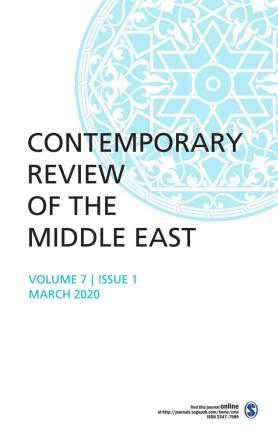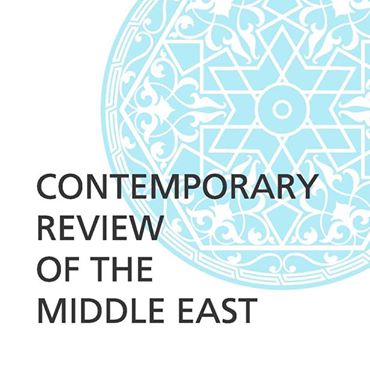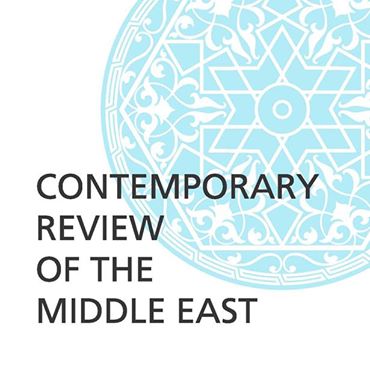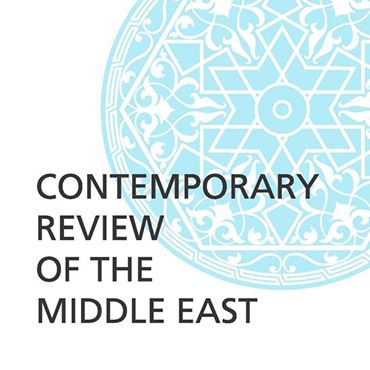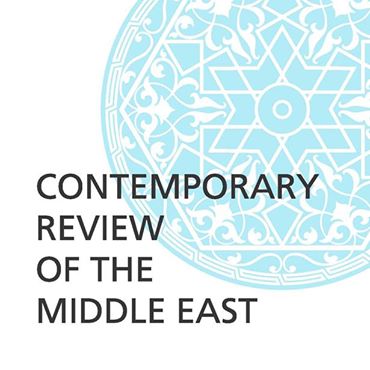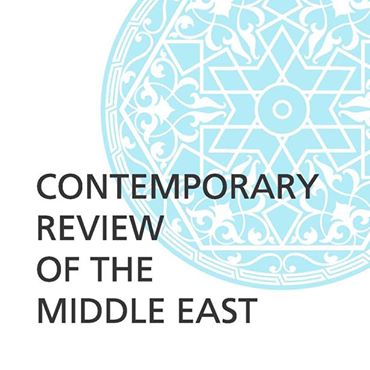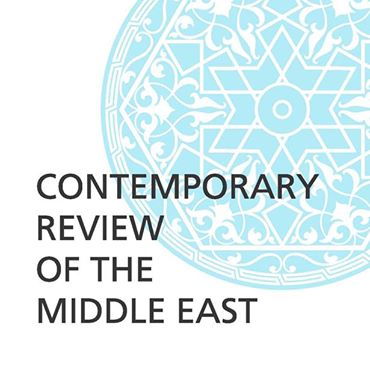Breaking
- MENU
Lorem Ipsum is simply dummy text of the printing and typesetting industry.
http://journals.sagepub.com/toc/cmea/1/4
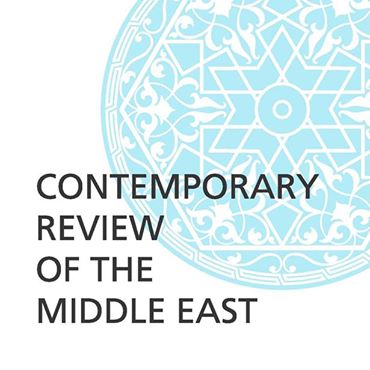
1) Dateline MEI By P.R. Kumaraswamy; pp. 351–353
2) Israel’s Perceptions of the PLO: From Recognition to the ‘No Partner’ Paradigm By Yoram Meital; pp. 355–370
Abstract: The widespread conception within Israel that there is ‘no partner’ for peace on the Palestinian side lies in the failure to distinguish between the recognition of the State of Israel and recognizing it as a Jewish state. Seeking the PLO to explicitly recognize the State of Israel on the eve of the signing of the Declaration of Principles had transformed into the demand to recognize Israel as the Jewish state as the prerequisite for final status negotiations. While the former was an essential precondition for the Oslo accords, the latter is highly controversial and mirrors a disputed ideological stand between Israel and the Palestinians.
3) How the Armenian Genocide Forced a Loyal Ottoman Officer to Espouse the Arab Revolt By Joseph A. Kéchichian; pp. 371–389
Abstract: Sarkis Torossian, an Armenian soldier in the Ottoman army who had been decorated for his military skills and achievements, decided to fight with the Arabs after he discovered indescribable sufferings imposed on his family and ethnic nation by the Empire. The transformation, which saw the devoted Ottoman officer turn into a rebel element, sheds light on some of the reasons why an Armenian participated in the Arab revolt.
4) State-led Change in Qatar in the Wake of Arab Spring: Monarchical Country, Democratic Stance? By Mustafa Yetim; pp. 391–410
Abstract: This article attempts to analyze the impact of current international and regional dynamics on Qatar’s foreign policy during Arab Spring with a special focus on the period from 2011 to 2013 coincided with former Emir Hamad Bin Khalifa Al-Thani’s leadership. Firstly, this study intends to comprehend Qatar’s inconsistencies and contradictions both in domestic and foreign policy by giving importance to the leading concern of Qatar, namely, the regime survival, and its visible reflections on Qatar’s regional and domestic stance. Subsequently, the article focuses on explaining the shifting position of Qatar toward Arab Spring in a different way, that is, through the concept of state-led change and the reasons behind how a tiny and monarchic country could adopt seemingly active role along with democratic discourse, albeit selective and conditional, toward the people’s uprisings between 2011 and 2013.
5) The Nexus between Economic Freedom and Islamic Bank Performance: Empirical Evidence from the MENA Banking Sectors By Fadzlan Sufian; pp. 411–439
Abstract: The present study provides new empirical evidence on the impact of economic freedom on Islamic banks’ performance. The empirical analysis focuses on Islamic banks operating in the MENA banking sectors during the period 2000–2008. We find that the larger, more diversified, and better capitalized Islamic banks tend to be relatively more profitable, while credit risk and expense preference behavior seem to exert negative impact. The findings suggest that greater financial freedom positively influence the profitability of Islamic banks operating in the MENA banking sectors. Interestingly, the impact of monetary freedom is negative implying that higher (lower) monetary policy independence reduces (increases) Islamic banks’ profitability, providing support to the benefits of government interventions.
6) A Century of Turmoil in Western Asia: Some Pitfalls of Nationalism By M. Hamid Ansari; pp. 441–450
7) Middle East Elections Schedule By Dipanwita Chakravortty; pp. 451–452
8) Book Review: Emile Hokayem (2013). Syria’s Uprising and the Fracturing of the Levant By Md. Muddassir Quamar; pp. 453–457
9) Book Review: Rumel Dahiya (ed.) (2014). Developments in the Gulf Region: Prospects and Challenges for India in the Next Two Decades By Manjari Singh; pp. 457–461
10) Book Review: Sujata Ashwarya Cheema (2014). Essays on Iran and Israel: An Indian Perspective By Alvite Singh Ningthoujam; pp. 461–467
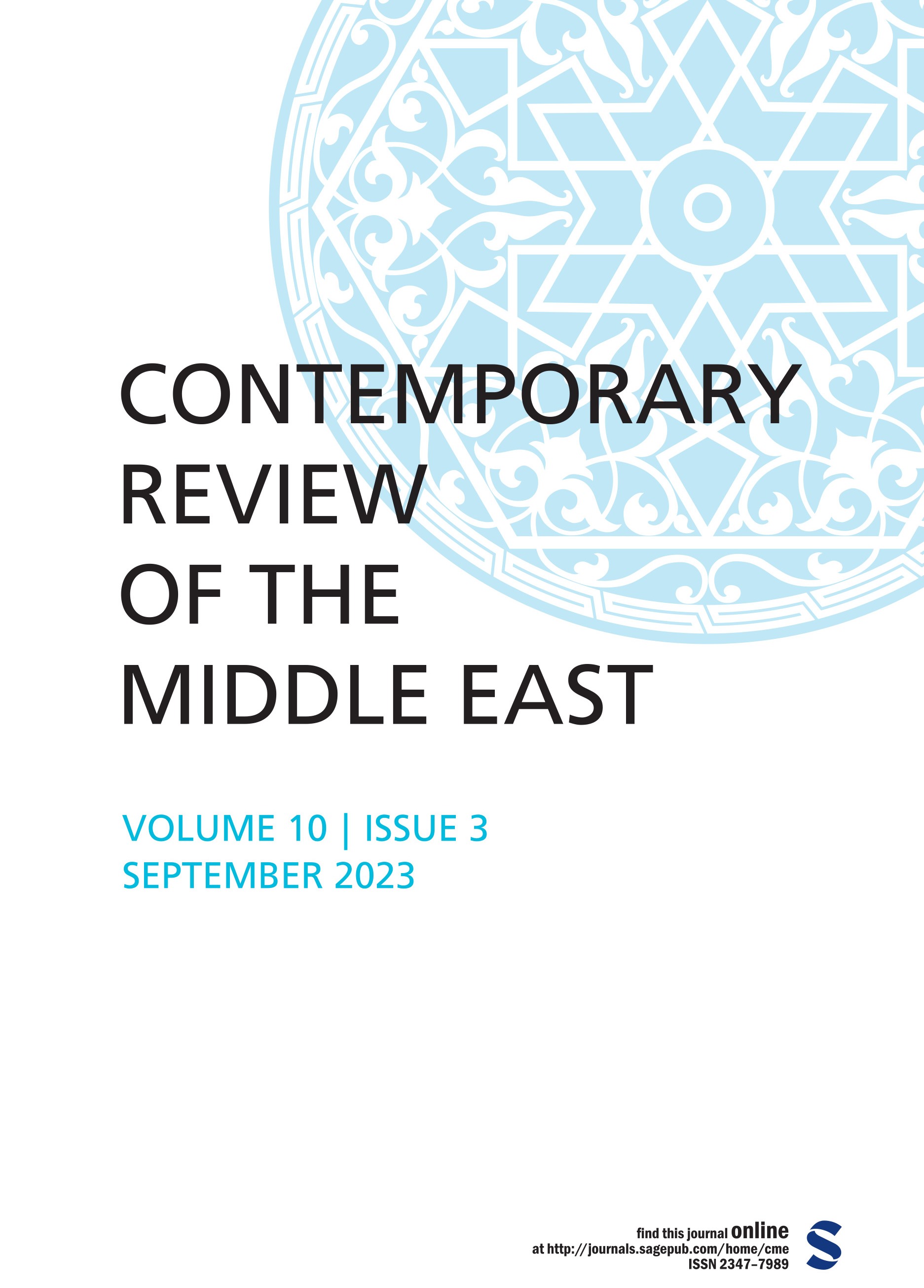
Invented Tradition as a Theoretical Approach Within Iranian Memory Studies: A Review Mohammad
Read More »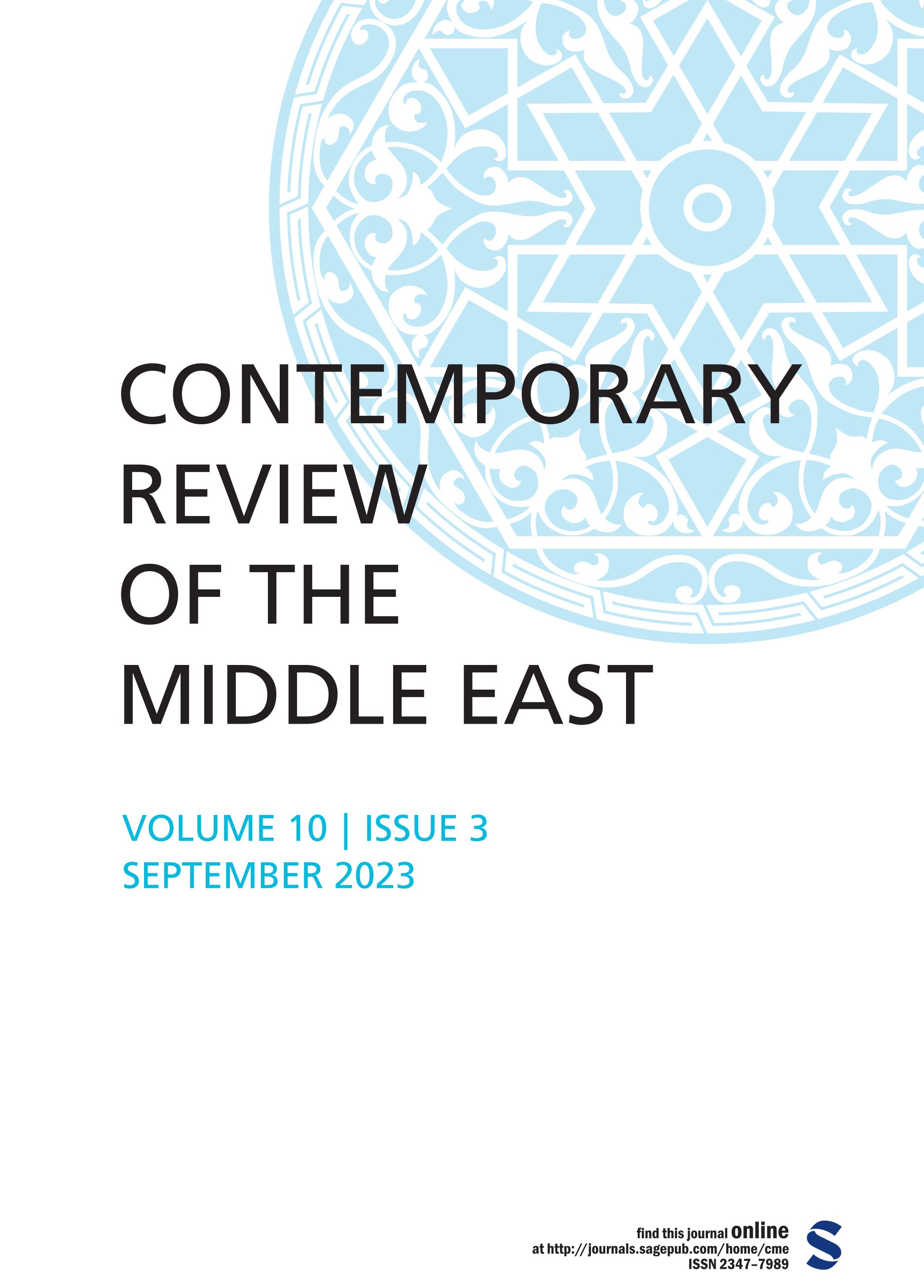
Neo-Ottoman Turk-Scape: Analyzing the Role of Dizis as Türkiye’s Soft Power Mohammad Reyaz and
Read More »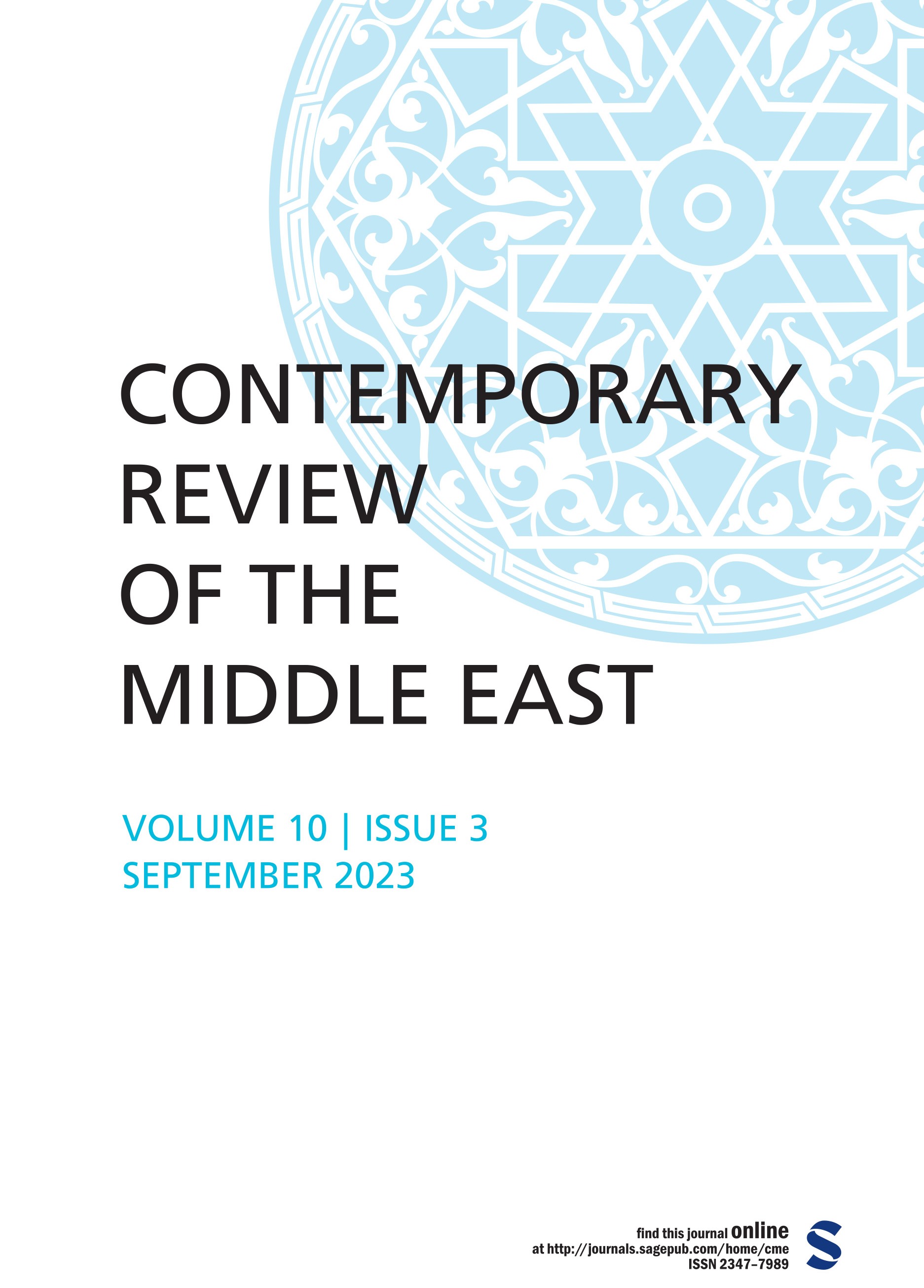
The Relations of Vietnam with the Middle East-North Africa Region: From a Divided State to an Important&
Read More »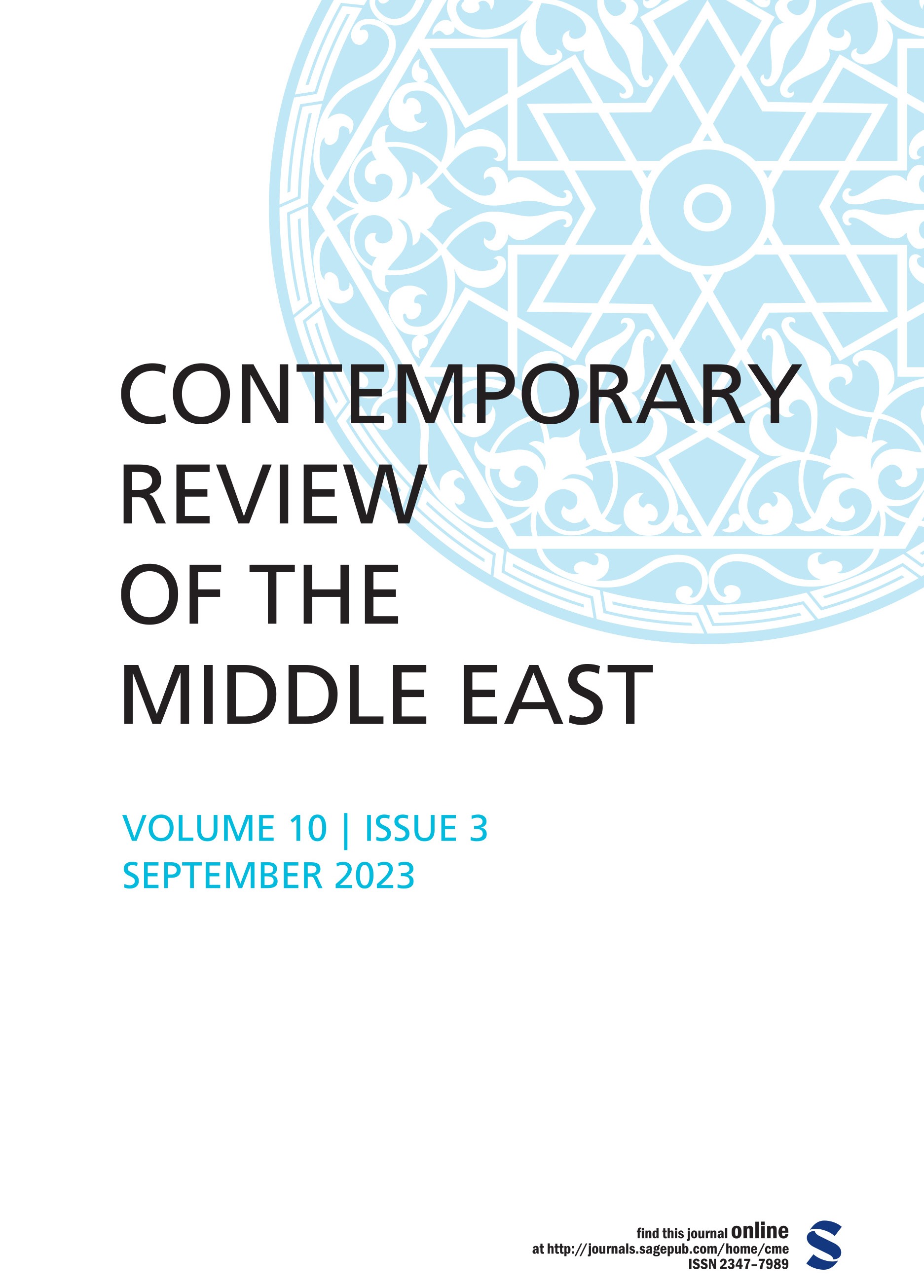
An Analysis of Yemen’s Geostrategic Significance and Saudi-Iranian Competition for Regional Hegemo
Read More »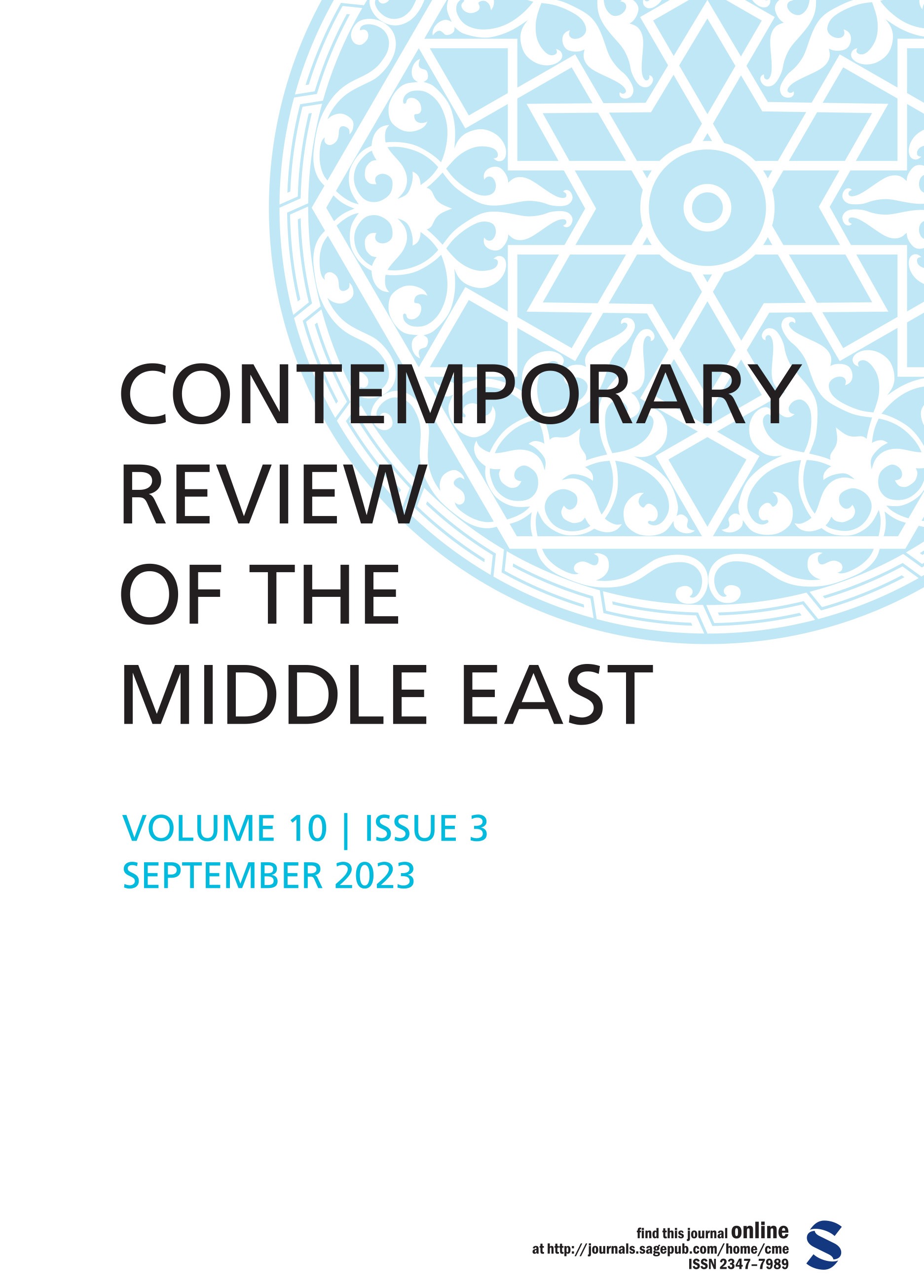
The National Reconciliation Process in Algeria During the Bouteflika’s Era: The Official Narrative Fa
Read More »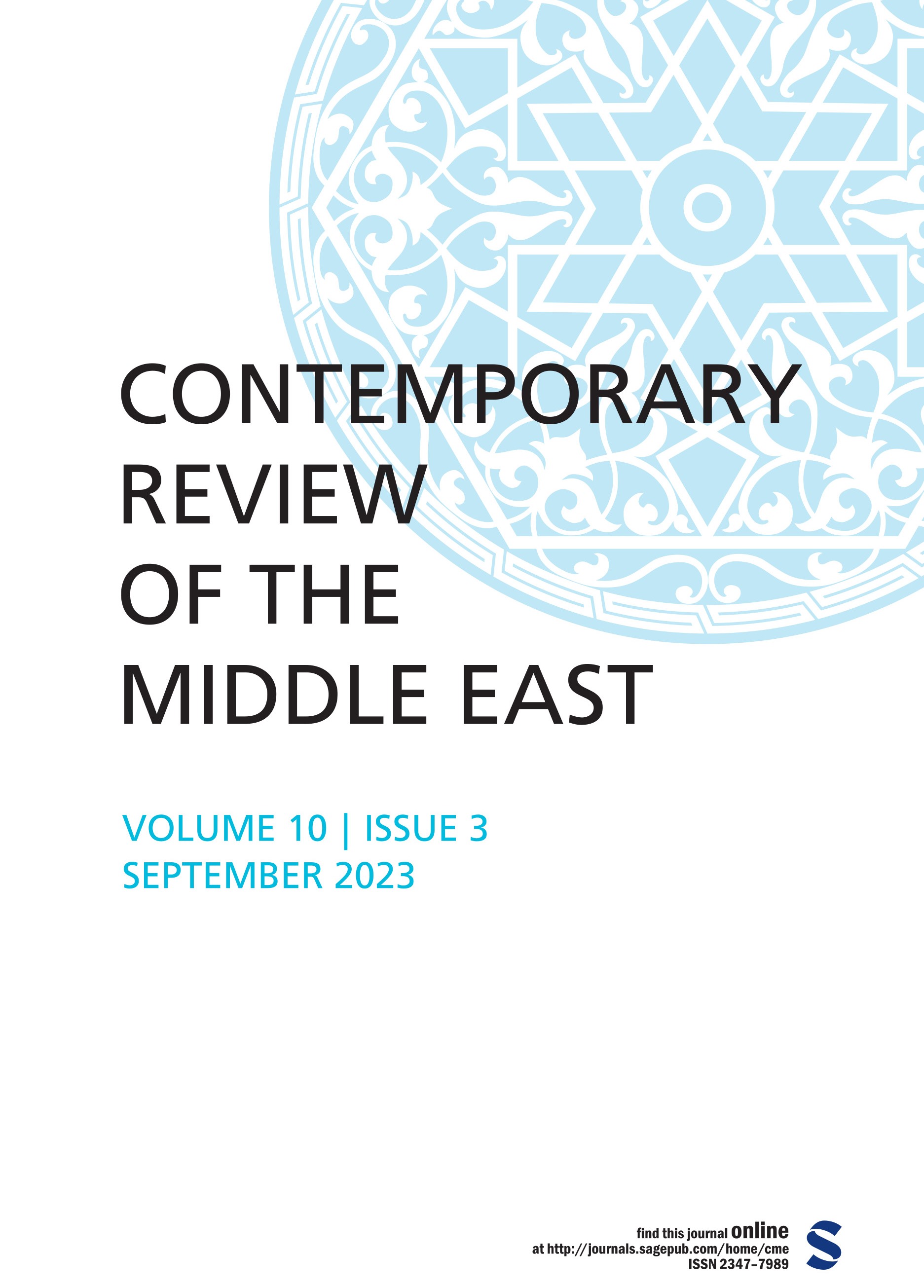
Dateline MEI When Netanyahu Rocks the Israel Boat, Nero Style P. R. Kumaraswamy For the text see: We
Read More ».jpg)
.jpg)
